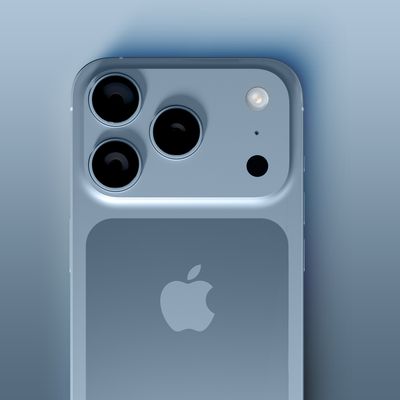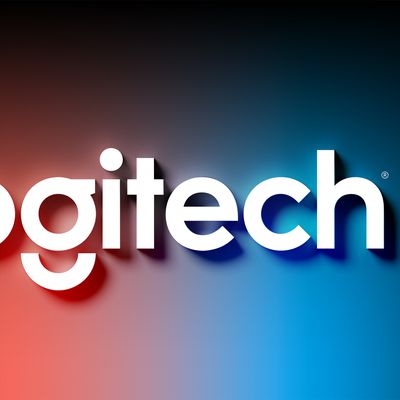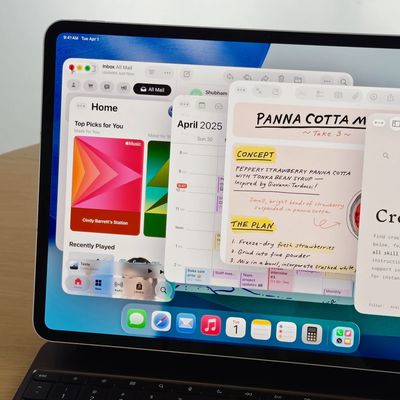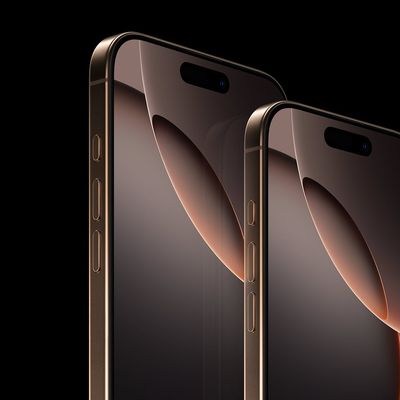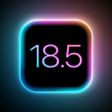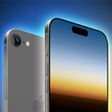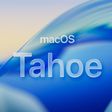New Nano-SIM Standard Approved, 40% Smaller Than Micro-SIM
As noted by The Verge, the European Telecommunications Institute (ETSI) today announced it has adopted a standardized design for the next-generation "nano-SIM". The new design is 40% smaller than the current micro-SIM standard.
Today's SIM card designs take up a significant amount of space inside a mobile device. This space is more and more valuable in today's handsets which deliver an ever increasing number of features.
The fourth form factor (4FF) card will be 40% smaller than the current smallest SIM card design, at 12.3mm wide by 8.8mm high, and 0.67mm thick. It can be packaged and distributed in a way that is backwards compatible with existing SIM card designs. The new design will offer the same functionality as all current SIM cards.
The design selection was heavily contested, with a proposal from Apple being opposed by a number of other mobile phone manufacturers despite Apple having the support of many European carriers. As the selection process continued, Apple slightly tweaked its design while the opposing carriers made changes to their own proposal that brought their design much closer to Apple's.
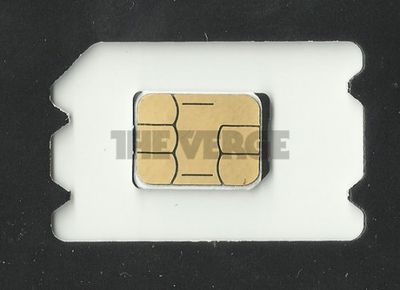 Prototype of Apple's proposed nano-SIM design inside outline of a mini-SIM card (Source: The Verge)
Prototype of Apple's proposed nano-SIM design inside outline of a mini-SIM card (Source: The Verge) notes that by the time final selection was made the only difference in external design between the two proposals was a notch included in the side of the card proposed by the coalition of manufacturers opposing Apple. And with the ETSI yet to publish any other details on the approved design beyond overall measurements, it is not yet clear which design won out.
Unfortunately, both Apple's design and the more recent Motorola / RIM compromise design are exactly the same exterior dimensions — the only difference is that the update submitted by Apple's competitors includes an extra notch to enable so-called "push-push" mechanisms in SIM slots that wouldn't necessitate a tray. Until ETSI publishes the specs, we won't know which of the two was chosen.
The ETSI specifically refused to comment on which group's design was chosen, noting only that a collective decision by the industry yielded the final standard.
Update: IDG News Service reports that Apple's design was indeed the winning standard.
Apple has won a battle over the standard for a smaller SIM card, use of which would leave more room for other components in future phone designs. [...]
ETSI isn’t releasing any further details of the vote or the winning specification, only saying that the decision had been made, according to a spokesman at the standards organization. The proposer of the winning specification was identified by card maker Giesecke & Devrient, which had a representative on the committee.
Popular Stories
The iPhone 17 Pro and iPhone 17 Pro Max are three months away, and there are plenty of rumors about the devices.
Below, we recap key changes rumored for the iPhone 17 Pro models as of June 2025:Aluminum frame: iPhone 17 Pro models are rumored to have an aluminum frame, whereas the iPhone 15 Pro and iPhone 16 Pro models have a titanium frame, and the iPhone X through iPhone 14 Pro have a...
Apple will finally deliver the Apple Watch Ultra 3 sometime this year, according to analyst Jeff Pu of GF Securities Hong Kong (via @jukanlosreve).
The analyst expects both the Apple Watch Series 11 and Apple Watch Ultra 3 to arrive this year (likely alongside the new iPhone 17 lineup, if previous launches are anything to go by), according to his latest product roadmap shared with...
Alongside WWDC this week, Logitech announced notable new accessories for the iPad and Apple Vision Pro.
The Logitech Muse is a spatially-tracked stylus developed for use with the Apple Vision Pro. Introduced during the WWDC 2025 keynote address, Muse is intended to support the next generation of spatial computing workflows enabled by visionOS 26. The device incorporates six degrees of...
iPadOS 26 allows iPads to function much more like Macs, with a new app windowing system, a swipe-down menu bar at the top of the screen, and more. However, Apple has stopped short of allowing iPads to run macOS, and it has now explained why.
In an interview this week with Swiss tech journalist Rafael Zeier, Apple's software engineering chief Craig Federighi said that iPadOS 26's new Mac-like ...
Apple's iPhone development roadmap runs several years into the future and the company is continually working with suppliers on several successive iPhone models simultaneously, which is why we often get rumored features months ahead of launch. The iPhone 17 series is no different, and we already have a good idea of what to expect from Apple's 2025 smartphone lineup.
If you skipped the iPhone...
Apple's Terminal app is getting a visual refresh in macOS Tahoe, and it's the first notable design update since the command-line tool debuted.
The updated Terminal will support 24-bit color and Powerline fonts, according to Apple's State of the Platforms presentation at WWDC25. The app will also adopt the new Liquid Glass aesthetic with redesigned themes that align with macOS 26's broader...
Apple today provided developers with a revised version of the first iOS 26 beta for testing purposes. The update is only available for the iPhone 15 and iPhone 16 models, so if you're running iOS 26 on an iPhone 14 or earlier, you won't see the revised beta.
Registered developers can download the new beta software through the Settings app on each device.
The revised beta addresses an...



